Have you ever visited the Pagani factory in Italy?
Pagani is truly a place where your automotive dreams can come true - just bring plenty of cash!
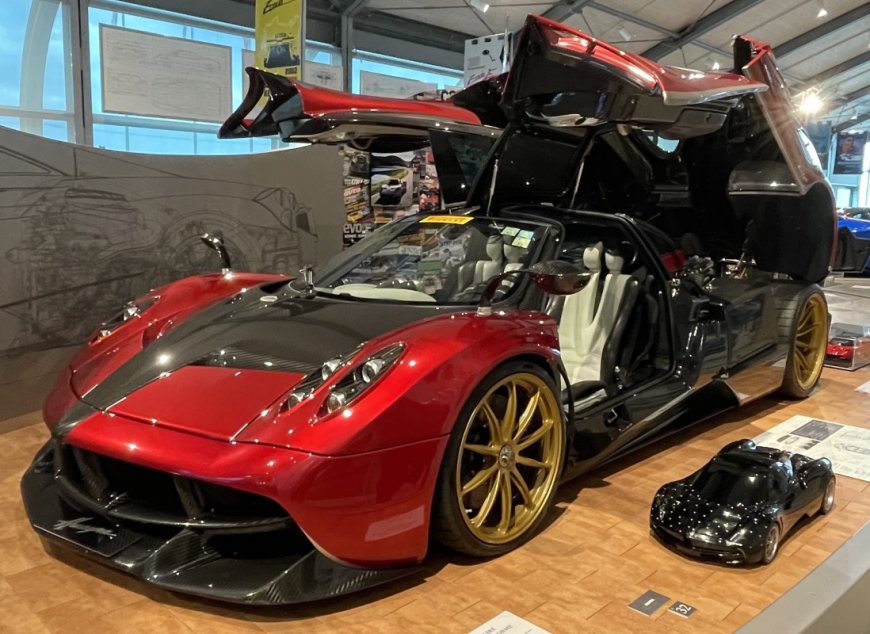
Unlike Santa's Workshop, the Pagani factory is located in an industrial park on the outskirts of Modena, Italy. Beyond the front doors is a spacious, glassed-in lobby that you quickly realize is the Pagani gift shop, full of apparel, model cars, and other merch for guests to purchase.
After checking in at the front desk, I was requested to secure my phone in a nearby locker as there would be no photos allowed in the factory area. You'll just have to trust me that the wonders I saw within were real. Stephen Fogel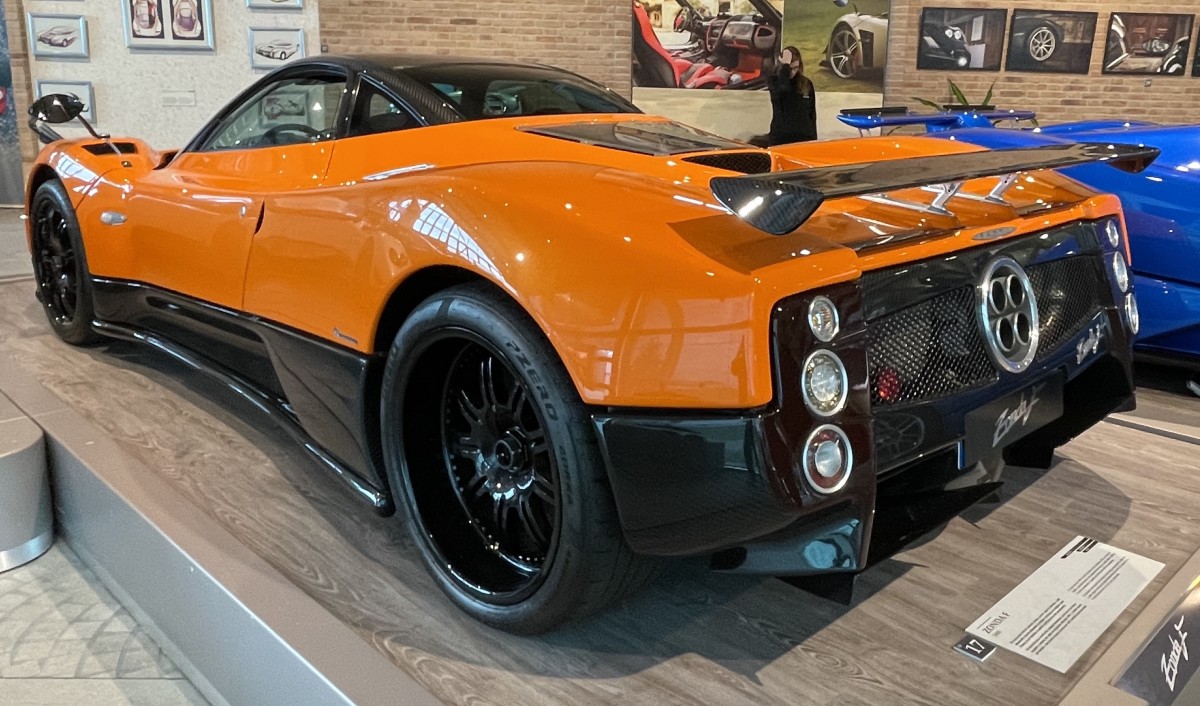
Related: Could Lamborghini's electric future start with a Taycan-based super sedan?
A brilliant combination of high-tech and hand-crafted detail
The factory is two floors long and located behind locked doors to the rear of the lobby. It produces carbon fiber body parts in huge lab-like autoclaves. After the body parts are removed, craftsmen wearing full-face respirators trim the excess material from the carbon fiber parts by hand so that they fit perfectly onto the body buck provided, ensuring the proper assembly of each vehicle’s body structure. You won't find a Model T-like assembly line in this bespoke paradise. Stephen Fogel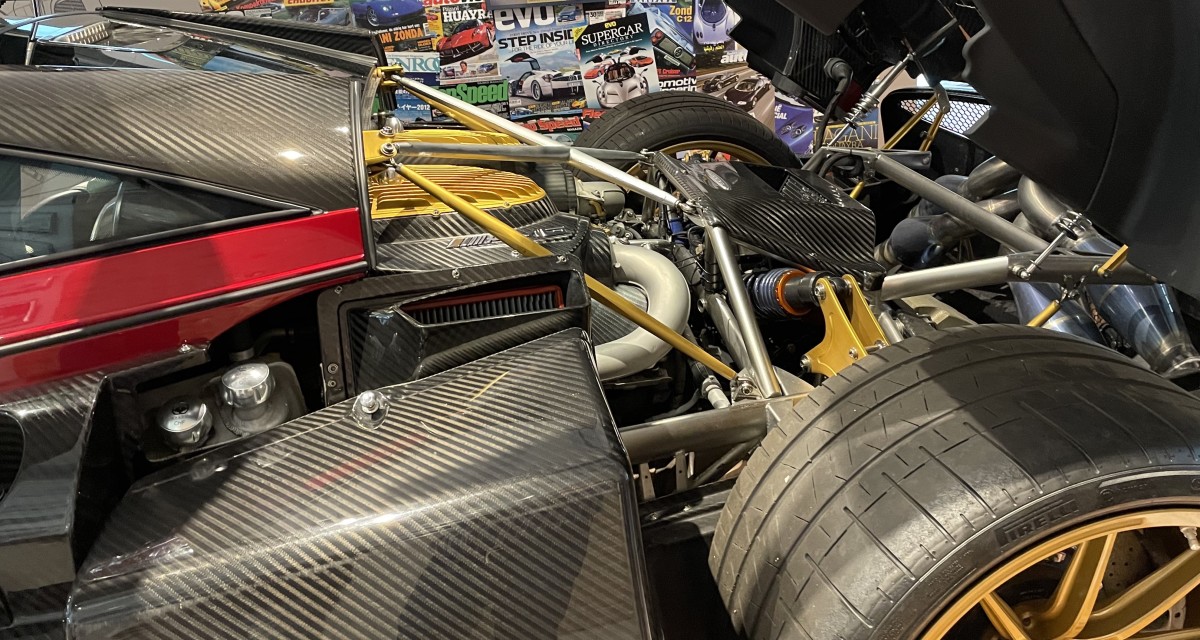
The finished bodies are then fitted with mechanical components, including suspension parts and the AMG V12 engines that Pagani has utilized exclusively since the release of its first Zonda C12 in 1999. The interiors and paint finishes are all unique, based on each customer’s specific wishes. Stephen Fogel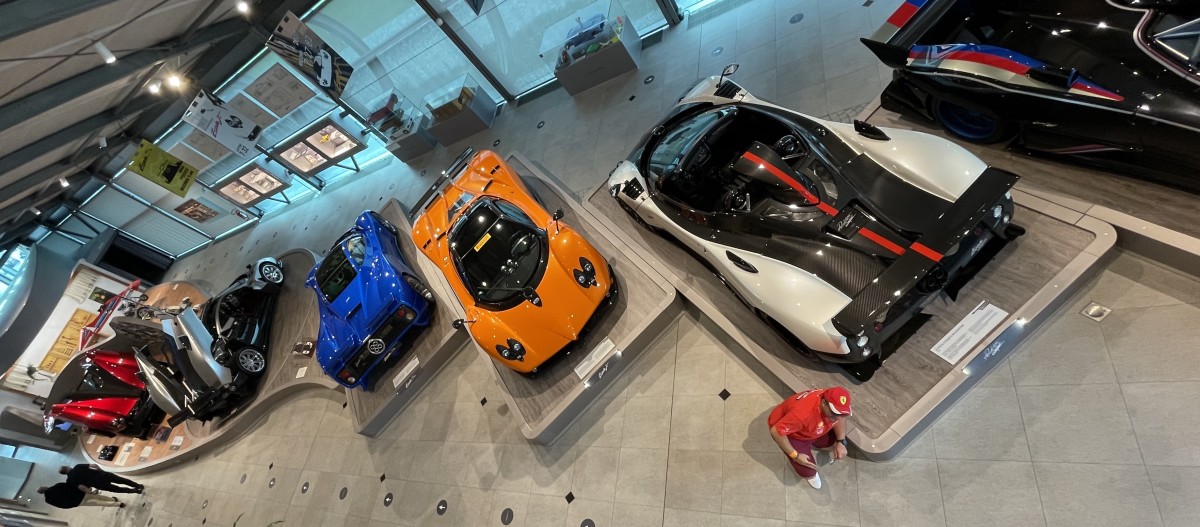
Related: Corvette ZR1's legacy of innovation: From humble beginnings to supercar status
A Pagani can be endlessly updated and reborn
There were also a number of previously-sold customer cars sitting on the factory floor, awaiting repairs, upgrades, or additional customization. Ownership of a Pagani is an evolutionary process, one in which you can have the factory do almost anything at any time to make your Pagani into the hypercar you’d like it to be now. Just write a check, and Pagani will accommodate your wishes. The company has even rebuilt wrecked Paganis into new and improved versions of themselves. Stephen Fogel
The Pagani Museum details Pagani’s brief but illustrious history
After touring the factory, our tour guide took us to the Pagani Museum, which details founder Horatio Pagani’s journey from his native Casilda, Argentina, to Modena, where he eventually established himself as a hypercar manufacturer.
Some highlights of his fast-blossoming career include the Formula 2 race car he built in his own shop in Casilda and the first car made completely of composite materials, the Lamborghini Countach Evoluzione prototype (developed while Pagani was head of Lamborghini’s Composites department). Stephen Fogel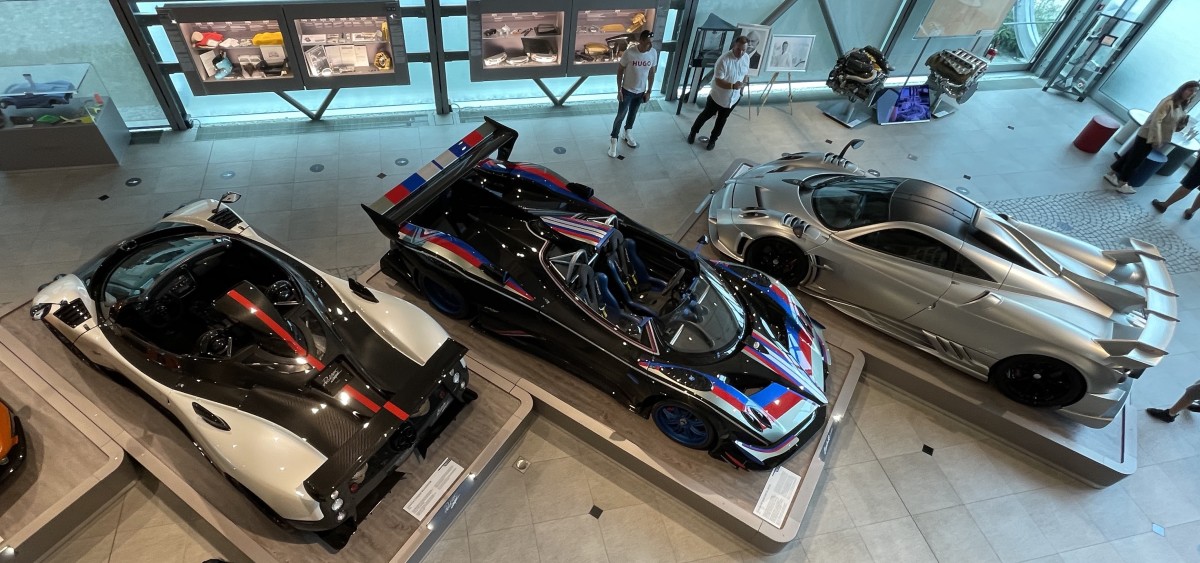
Related: Steal a Tesla: Hertz selling Model 3s for under $20,000
Pagani left Lamborghini in 1992 to found the company that bears his name. Seven years later, the Zonda C12 was revealed to the world at the Geneva show. From 1999 to 2024, less than 200 of these incredible cars were produced in a bewildering array of body styles, as both road- and track-focused versions. Examples of many Pagani production cars, from 1999 to the present day, are on display in the Pagani Museum, some of which have even established Nürburgring lap records. Stephen Fogel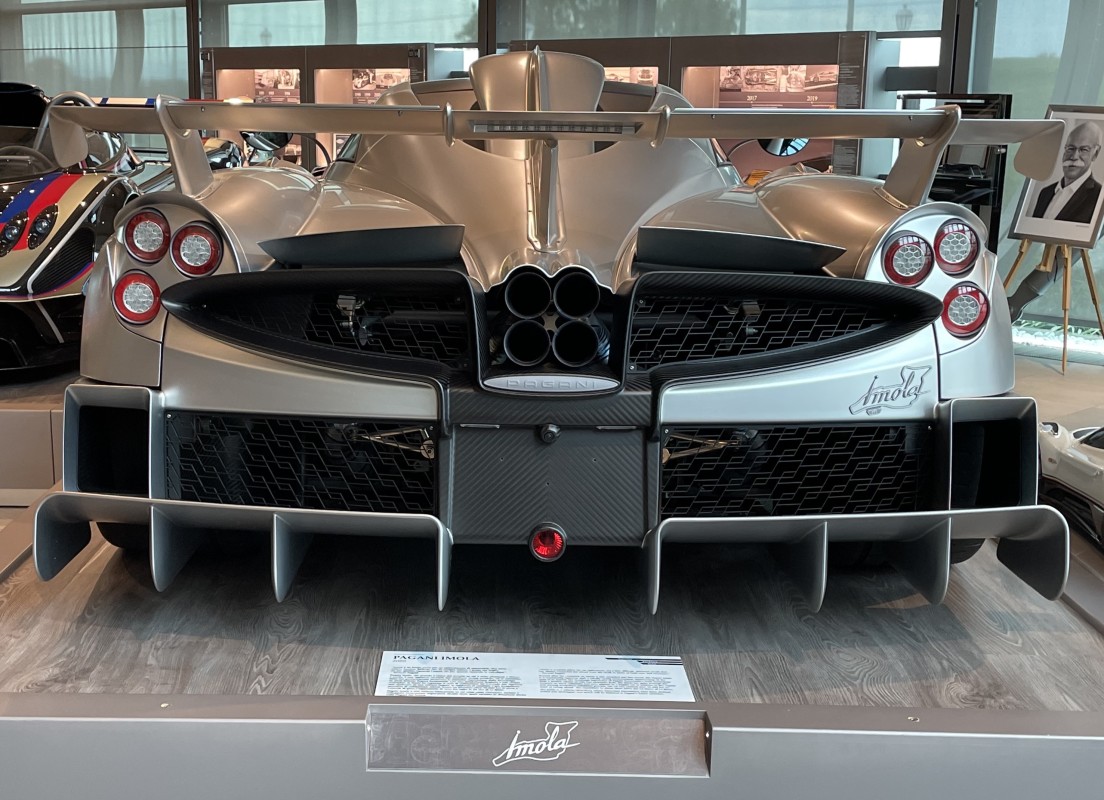
Each Pagani car is unique, made in limited quantities
By design, most Paganis are unique in appearance and performance and can be customized in accordance with the owner’s wishes. Some special editions have been produced as groups of five cars. The horsepower of the AMG-tuned V12 engines in the Zonda has steadily increased, from 389 horsepower in the first C12 to 789 in the final Zonda Arrivederci. Stephen Fogel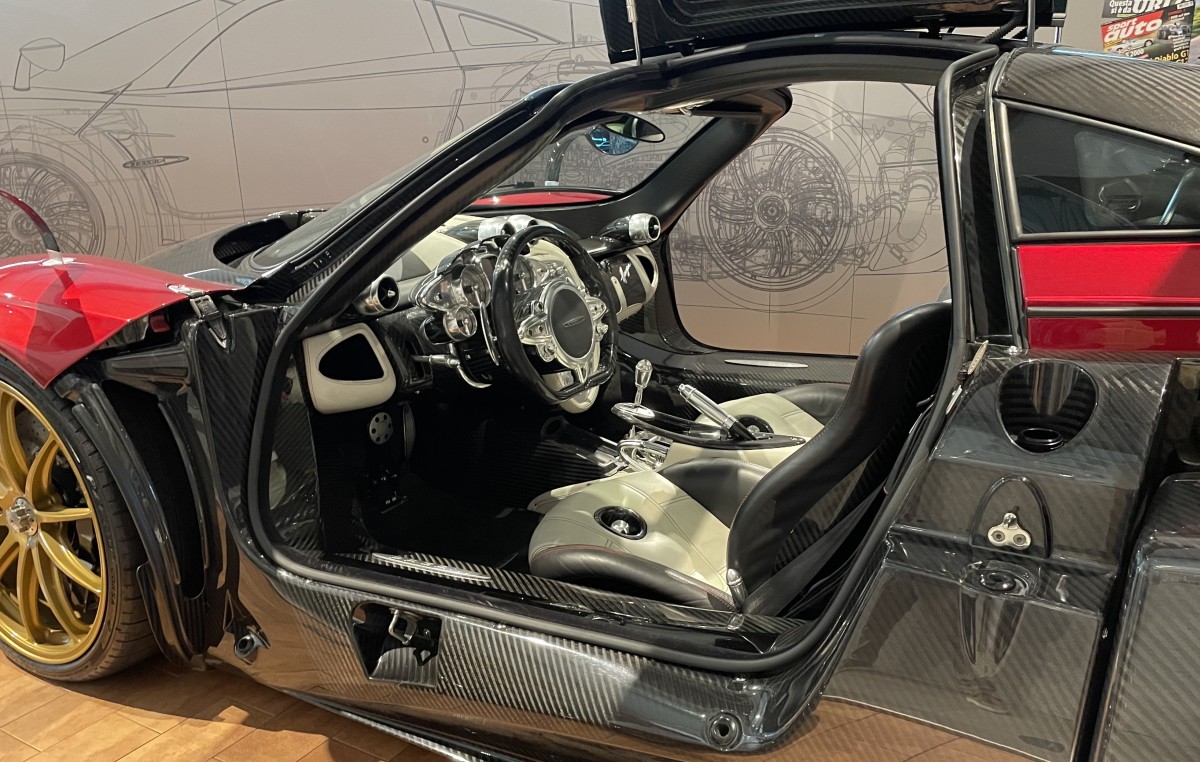
Other Pagani cars have been developed and put into production over the years. The Huayra was first made in 2012 and remains in production as the Imola Roadster, with an 830-horsepower engine. Pagani's newest creation. the 2023 Utopia Coupe will be produced in a quantity of 99. all of which have been assigned to “privileged enthusiasts.” The 864-horsepower Utopia Roadster was revealed earlier this year and will be limited to 130 examples with a starting price of $3.4 million. Stephen Fogel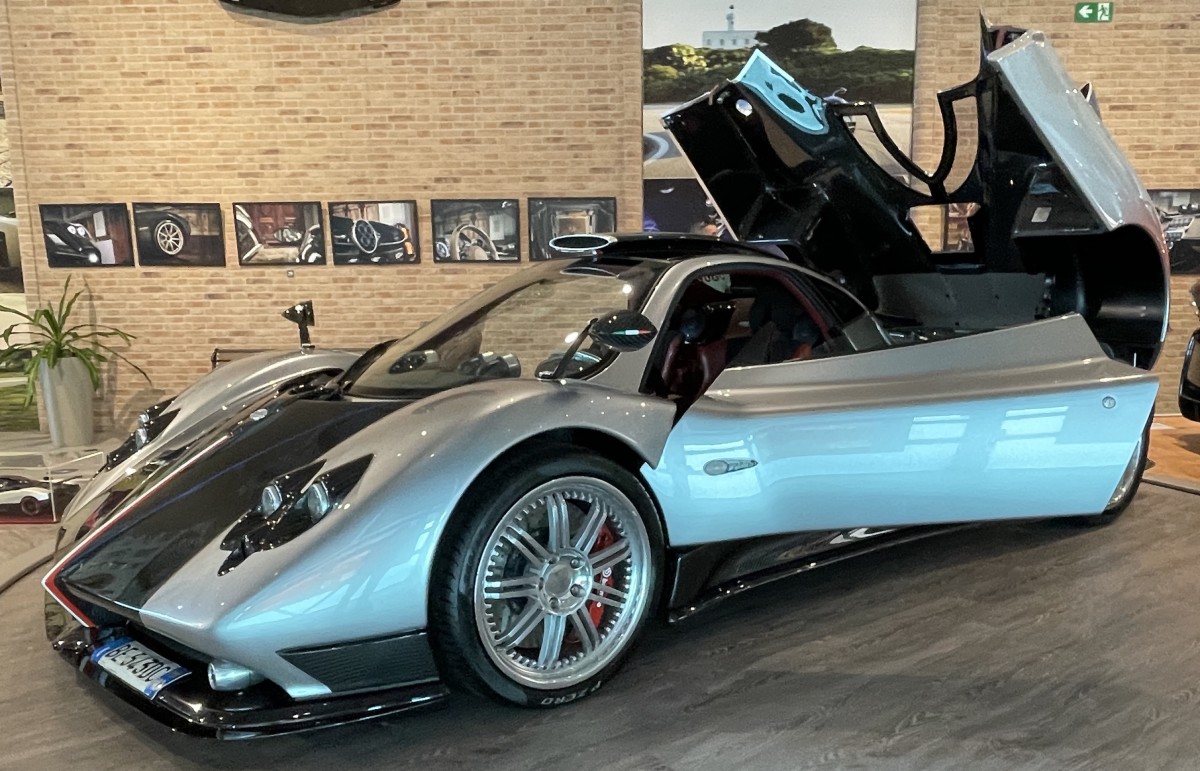
Final thoughts
Today, Pagani employs a staff of 180 and builds 50 new cars per year. Pricing starts at $2.19 million and up, plus customization. If you are a privileged enthusiast in search of an automotive work of art, there aren't many other manufacturers that can turn the hypercar of your dreams and keep it fresh for years to come. That is, of course, if your checkbook remains open.
Related: Tiny cars, big trend, why Americans are downsizing at record rates











































